A garden is no longer just a place where plants grow. For many homeowners and garden lovers, it has become an extension of personal style, creativity, and even emotional well-being. Beyond flowers, shrubs, and trees, decorative accessories play a powerful role in shaping how a garden feels and functions. While classic elements like pots and benches remain popular, more gardeners are turning toward unusual and unexpected accessories to create spaces that feel unique, expressive, and alive.
Unconventional garden décor does more than decorate. It tells stories, sparks curiosity, and invites people to slow down and truly experience their surroundings. Whether it is a hand-crafted sculpture hidden among plants, a mirror that reflects sunlight into shaded corners, or repurposed materials turned into art, these details can completely transform outdoor spaces. In this article, we explore how unusual decorative accessories can elevate a garden, inspire creativity, and deepen the connection between people and nature.
Artistic Sculptures and Statement Pieces as Garden Focal Points
One of the most striking ways to transform a garden is through the use of artistic sculptures and statement pieces. Unlike traditional decorations that blend into the background, these elements are designed to catch the eye and invite interpretation. Sculptures made from metal, stone, wood, or recycled materials can serve as focal points that anchor the overall design of the garden.
Abstract sculptures are especially popular in modern gardens, where clean lines and minimalism dominate. Their ambiguous shapes encourage imagination and emotional response, allowing visitors to experience the garden in a more personal way. Figurative sculptures, on the other hand, often introduce a narrative element—whether it is a human form, an animal, or a mythical creature watching quietly from behind the foliage.
Placement is crucial. A sculpture partially hidden by plants can feel like a discovery, while a centrally placed piece can define the structure of the space. Seasonal changes also influence how sculptures are perceived, as light, shadows, and surrounding vegetation evolve throughout the year. Over time, these pieces become landmarks within the garden, shaping memories and experiences.
Repurposed and Recycled Objects as Creative Garden Accents
Using repurposed objects as garden décor reflects both creativity and environmental awareness. Old ladders turned into vertical plant displays, vintage doors transformed into garden walls, or broken ceramics arranged into mosaics all demonstrate how discarded materials can gain new life outdoors.
These accessories often carry a sense of history, adding depth and character to the garden. A weathered wheelbarrow overflowing with flowers or an antique watering can repurposed as a planter creates a bridge between the past and the present. Such items feel authentic and personal, especially when they come from family heirlooms or flea market finds.
Beyond aesthetics, recycled décor supports sustainable gardening practices by reducing waste and encouraging mindful consumption. Gardeners who choose these elements often see their outdoor space as a living experiment—one that blends ecology, art, and everyday life. The imperfections of reused materials also complement the organic nature of plants, reinforcing the idea that beauty does not need to be perfect to be meaningful.
Light, Sound, and Reflection as Sensory Garden Elements
Unusual garden accessories are not limited to visual appeal. Increasingly, gardeners are incorporating elements that engage the senses of sound, light, and reflection. These additions transform gardens into immersive environments that feel dynamic and alive.
Wind chimes made from bamboo, metal, or glass introduce gentle sounds that change with the weather, adding movement and rhythm to the space. Water features, even small ones, create calming background noise and attract birds and beneficial insects. Mirrors placed strategically among plants can reflect sunlight into darker areas and visually expand small gardens.
Lighting is another powerful tool. Solar-powered lanterns, glowing stones, or artistic light installations can turn a garden into a magical space after sunset. Soft, warm lighting highlights textures and pathways while maintaining a natural atmosphere. These sensory elements encourage people to spend more time outdoors, connecting with the garden at different times of day and in different moods.
Personal Expression Through Playful and Unexpected Garden Details
Perhaps the most rewarding aspect of unusual garden accessories is their ability to reflect personality. Whimsical signs, hand-painted stones, miniature fairy gardens, or unexpected color combinations allow gardeners to express humor, nostalgia, and imagination.
These details often spark conversations and invite interaction. A garden that includes playful elements feels welcoming and less formal, encouraging visitors to explore rather than simply observe. For families, such accessories can also make gardening more engaging for children, turning outdoor spaces into places of discovery and storytelling.
Personalized décor does not need to follow trends or rules. In fact, its strength lies in individuality. Whether inspired by travel, art, literature, or everyday life, these accessories make gardens feel lived-in and loved. Over time, they become symbols of moments, emotions, and creative choices, reinforcing the garden’s role as a personal sanctuary.
Common Unusual Garden Accessories and Their Effects
| Decorative Accessory | Primary Effect | Best Placement | Unique Benefit |
|---|---|---|---|
| Abstract sculpture | Visual focus | Open or central areas | Encourages interpretation |
| Recycled furniture | Rustic charm | Flower beds or patios | Sustainable and personal |
| Garden mirrors | Light and space | Shaded corners | Visually expands area |
| Wind chimes | Sound and movement | Trees or pergolas | Enhances atmosphere |
| Solar art lights | Evening ambiance | Paths and borders | Energy-efficient beauty |
| Mosaic decorations | Color and texture | Walls or pathways | Handmade artistic feel |
Conclusion
Unusual decorative accessories have the power to turn gardens into deeply personal, expressive spaces. By moving beyond conventional décor, gardeners can create environments that reflect values, creativity, and emotional connection to nature. Whether through art, recycled materials, sensory elements, or playful details, these accessories enrich outdoor spaces in ways that plants alone cannot.
A garden designed with thoughtful, unconventional accents becomes more than a landscape—it becomes a story. Each object contributes to an atmosphere that invites curiosity, relaxation, and inspiration. In a world that often feels rushed and uniform, such gardens offer a reminder that individuality, sustainability, and imagination still have a place to grow.

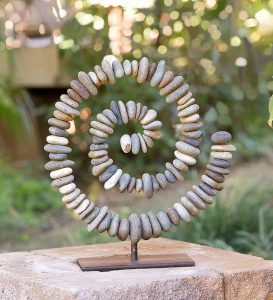




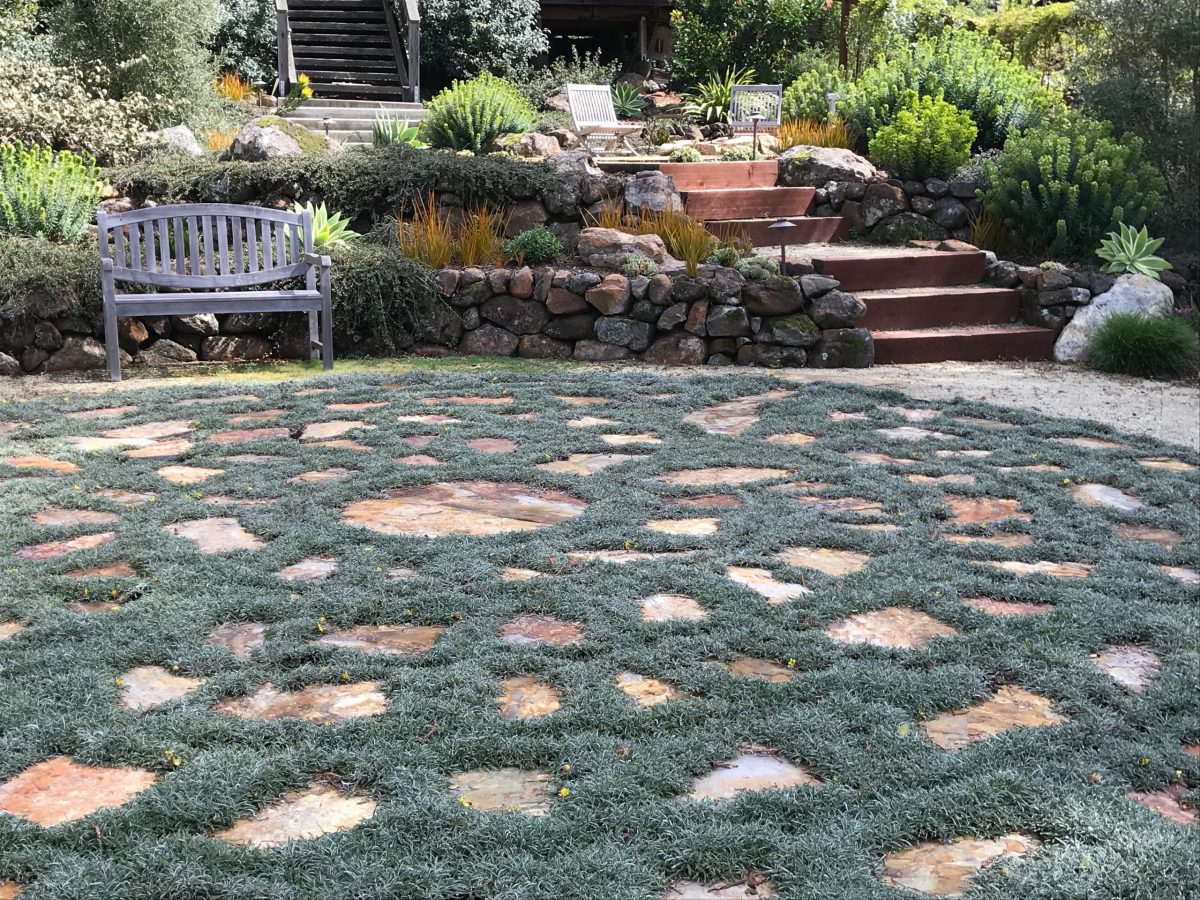
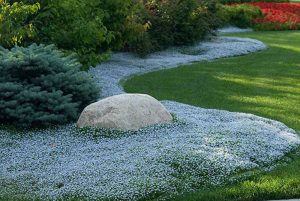 Design Ideas: Using Groundcovers to Transform Your Landscape
Design Ideas: Using Groundcovers to Transform Your Landscape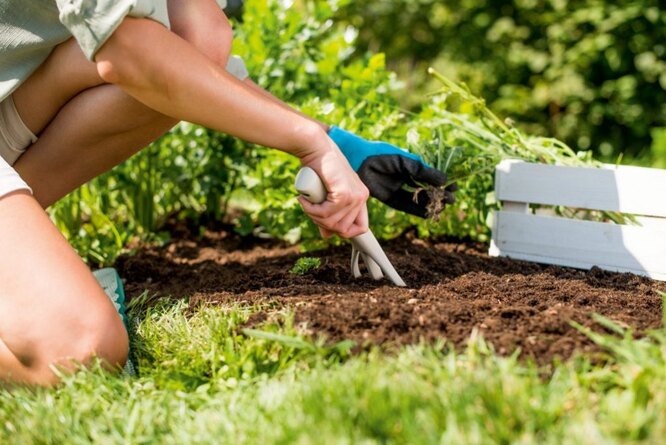

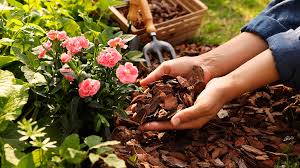
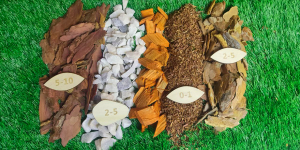
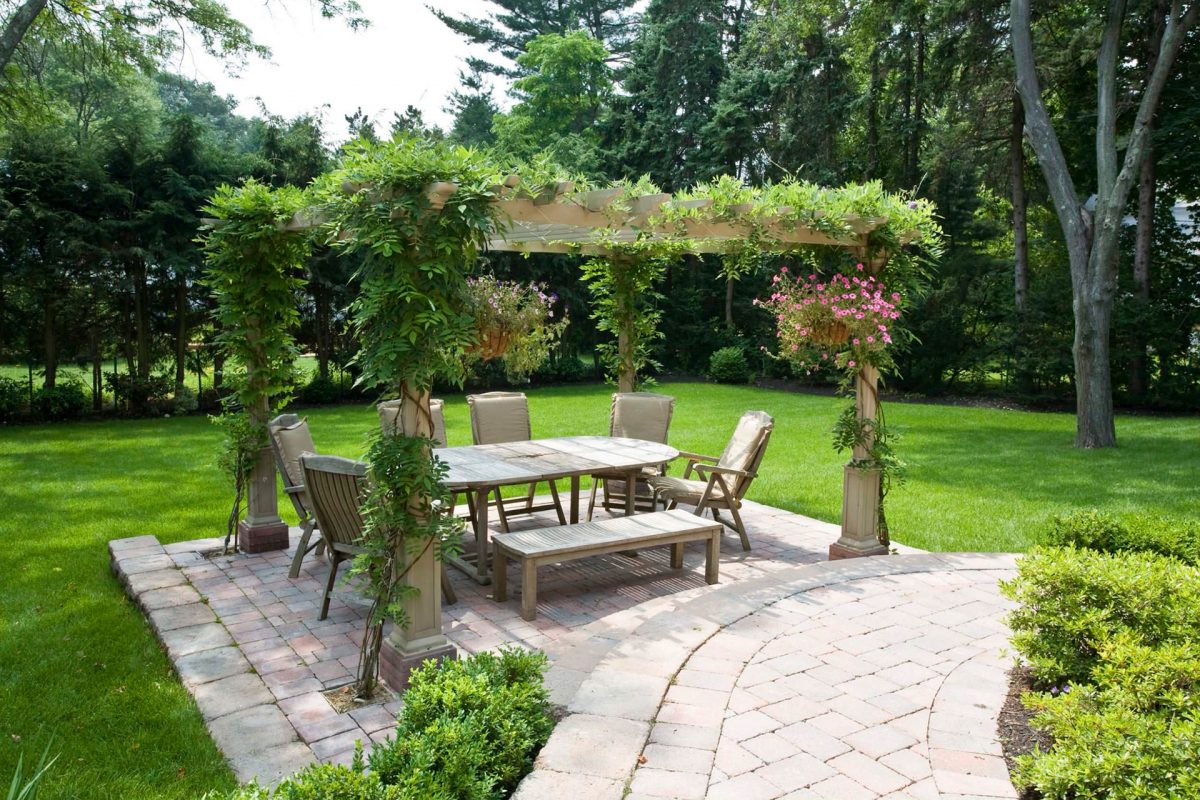
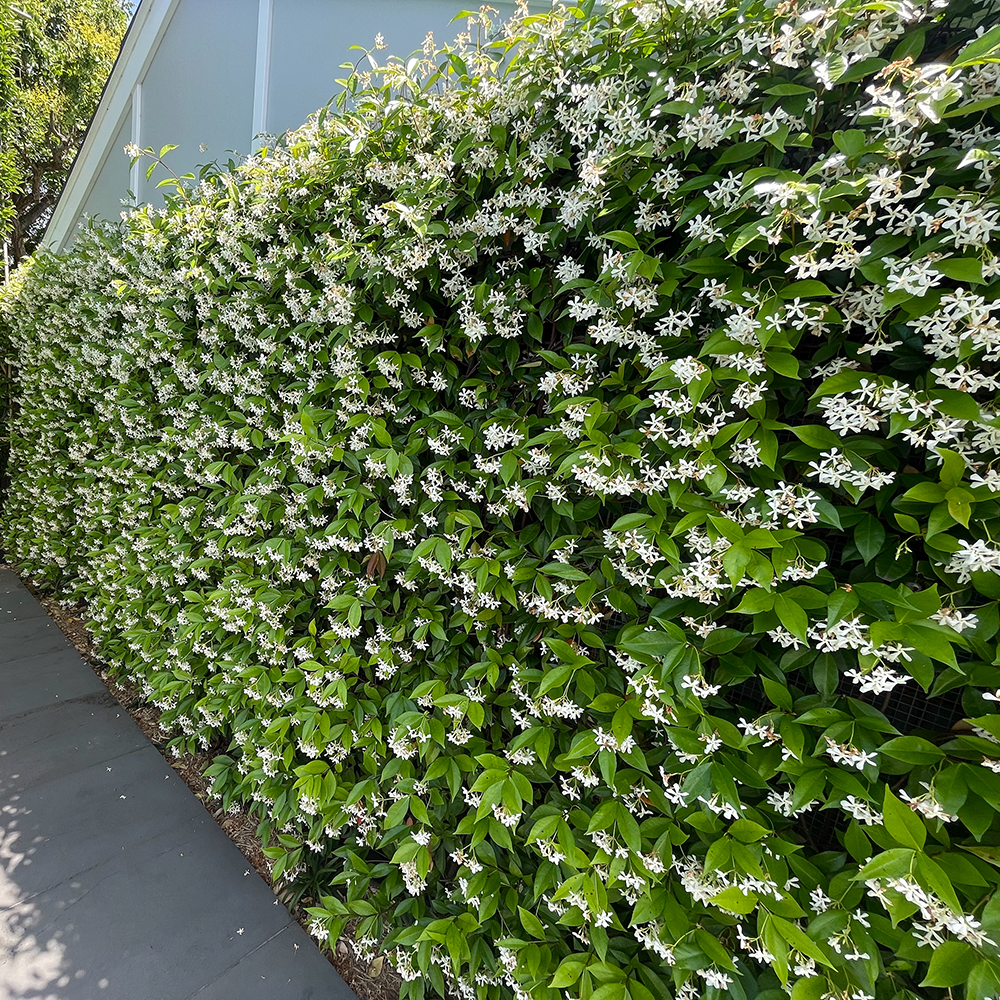



 This group was bred specifically for warm regions. Advantages:
This group was bred specifically for warm regions. Advantages: One of the region’s most durable crops. Features:
One of the region’s most durable crops. Features:
 Understanding the Microclimate Beneath Live Oaks
Understanding the Microclimate Beneath Live Oaks
 Complementing the underground ecosystem are creatures we can see with the naked eye — earthworms, beetle larvae, centipedes, and other soil fauna. But earthworms are considered the “symbol” of healthy soil for good reason.
Complementing the underground ecosystem are creatures we can see with the naked eye — earthworms, beetle larvae, centipedes, and other soil fauna. But earthworms are considered the “symbol” of healthy soil for good reason.
 Vegetables
Vegetables